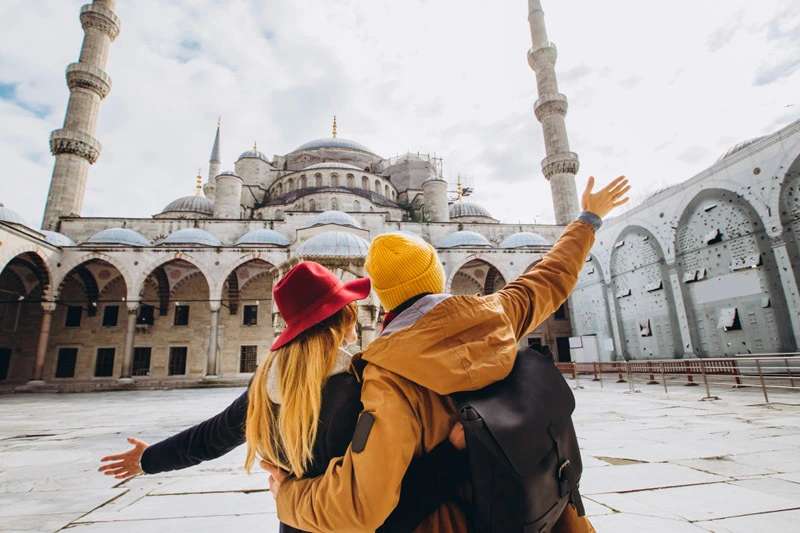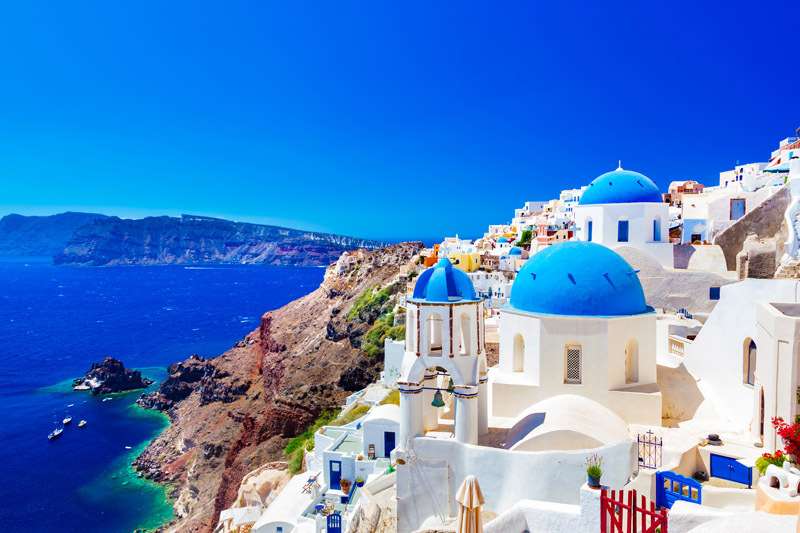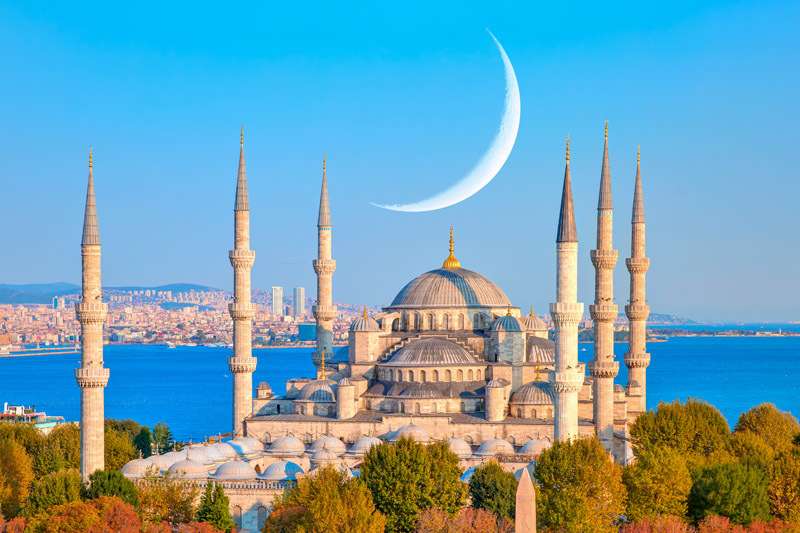
Istanbul Travel Guide
Istanbul, which spans two continents, has long been a vast, multicultural metropolis and an important economic center under the name of Byzantium. The city, which has been ruled by the Greeks, Romans, Venetians, and Ottomans, seamlessly combines the ancient, historic, and modern with many cultures and religions.
Along with magnificent places of worship like the Hagia Sophia and Blue Mosque, the Middle East and North Africa also has a vibrant modern fashion industry. You may pass the time by meandering through the confusing streets while sipping Turkish coffee and observing daily life.
The metropolis is always in motion.
Istanbul serves as the nation's transportation center, with planes traveling throughout Turkey and the rest of the world, and is also home to a large number of independent galleries and creative eateries. It's simple to spend weeks in Istanbul without ever seeing everything because each area has its unique personality and attitude. But the fact that there is always something to keep you coming back for more is what makes it so attractive. So grab a cup of Turkish coffee and some pistachio baklava, and prepare to explore this intriguing city.
Best Time to Visit
Istanbul is best visited in the spring (April–May) and fall (September–October), when the weather is pleasant and sunny. The city-wide Tulip Festival takes place in April when the city's parks and green areas are decorated with brightly colored bulbs. When it gets hot and steamy in the city during the summer, most people leave for the southern beaches as soon as they can, but when it gets a bit cooler at night, the streets come alive. Istanbul is at its moodiest and most evocative during the wet and dreary winter months.

Things to Know
Istanbul's official language is Turkish, but with the city's significant multinational population, you could encounter conversations in English, Arabic, or Farsi while you explore. Turkish people are typically very helpful, even if you don't speak any of the languages, and store owners frequently invite you to sit down and share a çay, a tiny tulip-shaped cup of strong black tea. This is especially common in Sultanahmet, the city's historic center. Don't be shocked if you feel like someone is standing too close to you as you wait for a bus or in a queue since personal space is frequently a premium in this busy city.
The body of water that divides the city is not a river. A crucial maritime route between the Mediterranean and the Black Sea is the Bosphorus Strait, which connects the Sea of Marmara and the Sea of Marmara. Huge container ships frequently pass your commuter boat in this manner.
While Ankara in central Anatolia serves as the country's capital, Istanbul is the largest city in Turkey. However, one could be led to believe differently by the palaces that dot the Bosphorus and were built while Istanbul served as the Ottoman Empire's capital. Although politicians may conduct their affairs in Ankara, Istanbul has the impression of being the global hub.

How to Navigate
Istanbul's intricate network of legal and unofficial transit systems makes getting about the city simple. Many metro lines link to an above-ground tram line and two funiculars, all of which have contemporary cars and excellent signage. The Marmaray, a transcontinental metro line that crosses the Bosphorus Strait and connects the city's metro systems on the European and Asian sides, has recently been extended to reach both sides of the city's suburbs. Otherwise, taking a ship between ports on a regular schedule all day long is the greatest method to travel between Europe and Asia and back.
Additionally, there are light blue minibusses that travel a variety of routes all around the city. Dolmuş and minibusses must be paid in cash, and the cost varies with the distance traveled. There are many taxis, especially in touristy places. If you can't flag a taxi, apps like BiTaksi might be helpful, and hotels are typically pleased to order one for you.
The gaps are filled by city buses, which are supported by the same IstanbulKart that gets you on the metro, Marmaray, and ferries. If there isn't a bus that runs to your destination, a dolmuş, a yellow van that travels on a set route but stops whenever a customer requests it, might be available. It leaves when the van is full. In addition, several light blue minibus lines run around the city. Dolmuş and minibus fare must be paid in cash and varies according to distance.
Check our Turkey Tours from here, the best packages prices out there!

related tours

Turkey Romantic Tour
9 Days/ 8 Nights
From
$ 1487

Egypt and Turkey Historical Tour
16 Days/ 15 Nights
From
$ 3170
7 days of Turkey & Greece
7 Days / 6 Nights
From
$ 1050

Turkey and Greece Landmark Tour
15 Days / 14 Nights
From
$ 2890

Turkey, Egypt & Jordan Majestic Tour
18 Days / 17 Nights
From
$ 3605
